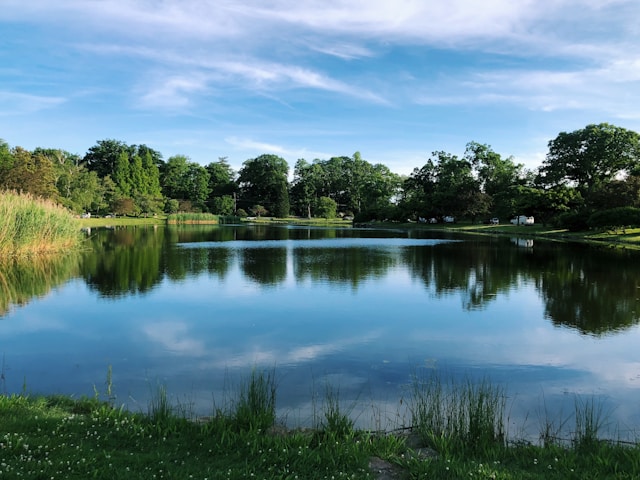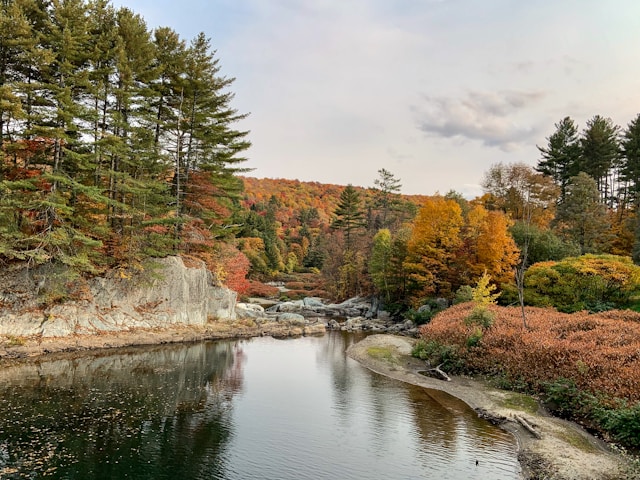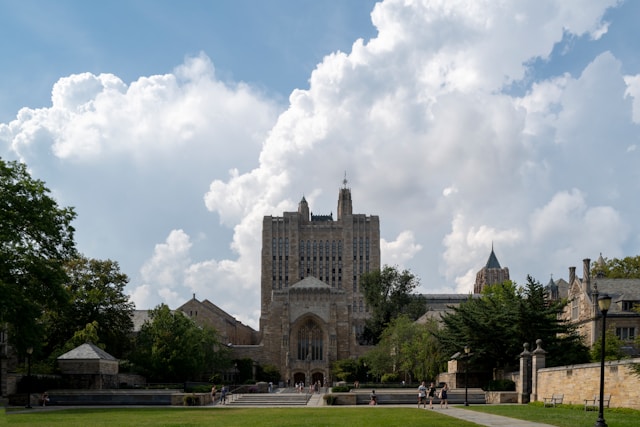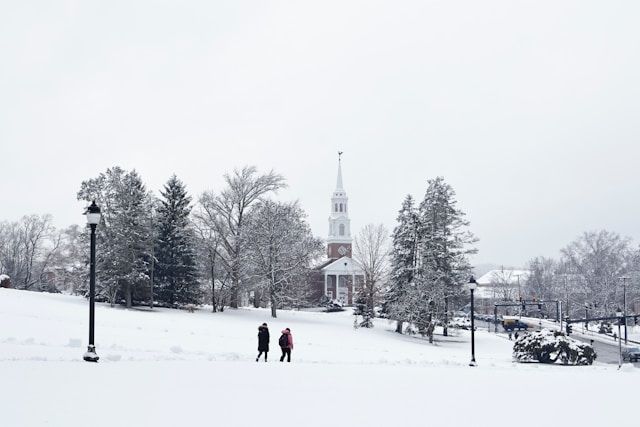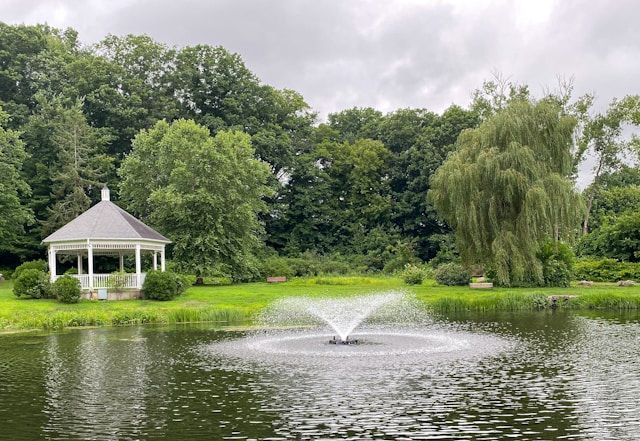The story of UConn begins in 1881 with the founding of Storrs Agricultural School in the quiet hills of eastern Connecticut. Brothers Augustus and Charles Storrs played a pivotal role in establishing the institution, donating land and money to create a school that would serve the agricultural needs of the state. What started as a modest agricultural school with just 12 students has evolved into the prestigious University of Connecticut, New England’s leading public university with a sprawling main campus in the community now bearing the Storrs name.
The Connecticut General Assembly changed the institution’s name to Storrs Agricultural College in the late 19th century, also permitting women to attend classes. This progressive move came after three local Mansfield residents – Nellie Wilson, Louise Rosebrooks, and Anna Snow – had already broken barriers as the first women to take classes at the school. The college’s evolution continued throughout the decades, culminating on July 1, 1939, when it officially became the University of Connecticut.
Get a discount of 15% to 70% on accommodation in Connecticut! Look for deals here:
Connecticut Hotels, Apartments, B&Bs
Visitors to Storrs today will find a vibrant college town built around what has grown into Connecticut’s flagship university. The campus blends historic architecture with modern facilities, reflecting UConn’s journey from agricultural roots to comprehensive research institution. Walking through the heart of campus, travelers can sense the legacy of the Storrs brothers in every corner of this educational landmark that has shaped Connecticut’s landscape for over 140 years.
Establishment and Growth
The University of Connecticut’s founding dates back to the late 19th century, originating from humble agricultural beginnings before expanding into the comprehensive research institution it is today.
Legislation and Land Grants
The story of UConn begins in 1880 when brothers Charles and Augustus Storrs made a generous donation of land and money to establish an agricultural school in Connecticut. Charles Storrs contributed $5,000 while Augustus offered 170 acres of farmland and buildings for the school’s campus.
This generosity led to the official founding of Storrs Agricultural School in 1881. The institution was created to provide practical agricultural education, which differed significantly from the classical curriculum offered at existing private colleges like Yale and Trinity.
In 1887, the Storrs Agricultural Experiment Station was established, expanding the school’s research capabilities. Women joined the student body in 1891 and were officially admitted in 1893, marking an important step toward inclusivity in higher education.
Evolution into a University
The institution underwent several name changes reflecting its growth and expanding mission. From its origins as Storrs Agricultural School, it evolved into Storrs Agricultural College and later Connecticut Agricultural College as its programs broadened beyond basic farming education.
By 1933, the school had become Connecticut State College, offering degrees in various fields including liberal arts, engineering, and social sciences. The transformation culminated on July 1, 1939, when it officially became the University of Connecticut.
This name change wasn’t merely symbolic but acknowledged the reality that the institution had developed into a comprehensive university. The school continued expanding its academic offerings, research facilities, and student enrollment, eventually becoming Connecticut’s flagship public university.
Recent growth includes the opening of UConn’s first new student residential facility in 13 years and welcoming the largest freshman class in University history – more than 5,500 students.
Modern UConn and Its Impact
The University of Connecticut has transformed from a small agricultural school into a powerhouse institution that shapes Connecticut’s economy, culture, and identity. Today’s UConn combines cutting-edge research capabilities with championship athletics programs that have brought national recognition to Storrs.
Academic and Research Excellence
UConn has established itself as a leading research university through strategic investments and ambitious expansion programs. The UConn 2000 and 21st Century UConn initiatives have completely transformed the campus with modern facilities supporting advanced research across disciplines.
UConn Health in Farmington has become a vital medical center serving Connecticut residents while supporting groundbreaking research. The Bioscience Connecticut project has further strengthened UConn’s position in medical research and healthcare innovation.
The university continues its agricultural roots through the Storrs Agricultural Experiment Station, which conducts vital research addressing food security and environmental challenges.
UConn’s academic programs now attract students globally, with particular strengths in engineering, business, and life sciences. The university’s research output contributes significantly to Connecticut’s economy while addressing pressing societal challenges.
Athletics and Community Engagement
UConn’s athletic programs have brought unprecedented visibility to this once-quiet corner of Connecticut. The women’s basketball team, led by legendary coach Geno Auriemma, has dominated the sport with multiple NCAA Championships, creating a dynasty unmatched in collegiate sports.
The men’s basketball program, built to prominence under Jim Calhoun, has secured multiple national championships while competing in the Big East Conference and later the American Athletic Conference before returning to its Big East roots.
UConn’s first women’s NCAA Championship came through field hockey, showcasing the university’s broad athletic excellence across various sports in NCAA Division I competition.
Beyond sports, UConn serves as the cultural and economic center of Mansfield and Storrs. The university hosts numerous community events, performances, and educational programs that benefit local residents and visitors alike. The campus itself has become a destination, drawing thousands to the region annually.
Get a discount of 15% to 70% on accommodation in Connecticut! Look for deals here:
Connecticut Hotels, Apartments, B&Bs



